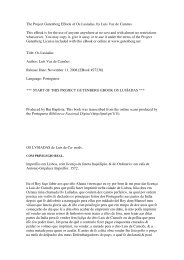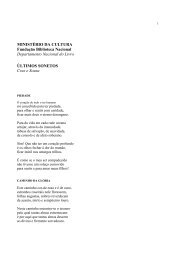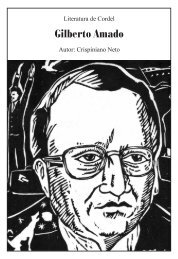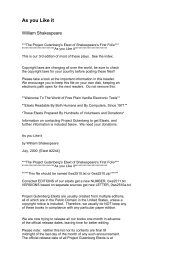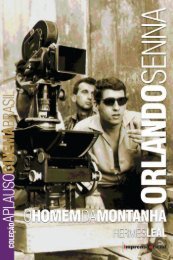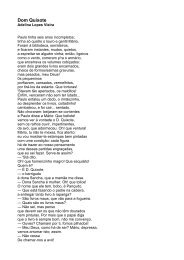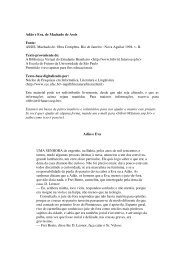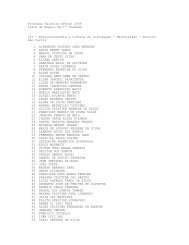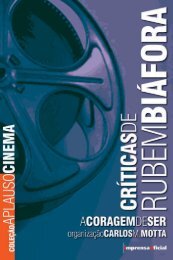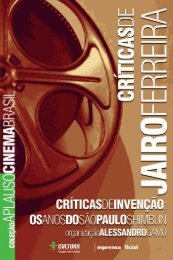You also want an ePaper? Increase the reach of your titles
YUMPU automatically turns print PDFs into web optimized ePapers that Google loves.
veut entreprendre <strong>la</strong> conquête. Il n'y a peut-être dans aucune poésie aucun épisode<br />
comparable à ce discours de l'Empereur, lorsqu'il crie à tous ses chevaliers: "Ralés vos<br />
en, Bourguignon et François...je remenrai ici, à Narbonois." C'est ce qu'a bien compris<br />
Victor Hugo, qui a si fidèlement traduit et surpassé encore les beautés du texte original.'<br />
Hugo's poem, however, is not based directly on the Chanson, but on two prose<br />
adaptations written by Achille Jubinal, and published respectively in the Musée <strong>des</strong><br />
Familles (1843) and the Journal du Dimanche (1846). Yet these stories did little more<br />
than furnish the framework for the poem, by far the greater part of which is the original<br />
work of Hugo.<br />
à <strong>la</strong> barbe fleurie, white-bearded. Expression taken from the Chanson. In mediaeval<br />
poetry Charlemagne is always <strong>des</strong>cribed as an old man.<br />
Roncevaux, which we call by the Spanish name Roncesvalles, is the valley in the<br />
Pyrenees where Charlemagne's rearguard was attacked and cut to pieces by the Moors<br />
during his retreat from Spain.<br />
Ganelon, the knight through whose treachery the defeat of Charlemagne at Roncesvalles<br />
was brought about.<br />
les douze pairs. The twelve Pa<strong>la</strong>dins of tradition, who formed Charlemagne's Round<br />
Table.<br />
L. 6-10. These words are taken almost verbatim from Jubinal's adaptation of the story in<br />
the Musée <strong>des</strong> Familles. Jubinal's words are:<br />
'L'etcheco-sauna (le <strong>la</strong>boureur <strong>des</strong> montagnes) est rentré chez lui avec son chien; il a<br />
embrassé sa femme et ses enfants. Il a nettoyé ses flèches ainsi que sa corne de boeuf, et<br />
les ossements <strong>des</strong> héros qui ne sont plus b<strong>la</strong>nchissent déjà pour l'éternité.'<br />
In a note Jubinal says: 'Ces paroles sont empruntées au chant basque d'Altabicar.'<br />
Son cheval syrien. In the Chanson Charlemagne ri<strong>des</strong> on a mulet de Sulie (Syrie).<br />
Jubinal changed the mule into a horse. This is one of the points of detail which show<br />
that Hugo followed the modern author.<br />
L. 25. The city, as we learn subsequently, was Narbonne. Narbonne is on the west coast<br />
of the Gulf of Lyons, near the eastern end of the Pyrenees. Originally a Roman colony,<br />
it was one of the chief seats of the Visigoths, from whom it was taken by the Saracens,<br />
when they overran Southern France. Charlemagne took it from the <strong>la</strong>tter in 759. Till the<br />
fourteenth century it was a port, but the sand has blocked up the harbour and the town is<br />
now some distance from the sea.<br />
mâchicoulis, battlements; or, more exactly, a gallery round the tower with openings in it<br />
from which projectiles could be hurled upon an enemy below.<br />
vermeil. The word is one of Hugo's favourite adjectives, and is used to suggest a bright<br />
vivid red, and almost invariably in connexion with objects that have pleasurable<br />
associations.




